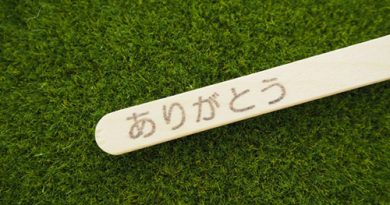How to write Sakubun
Sakubun – writing (a paragraph, an essay, etc.), is an important part of teaching and learning Japanese. So Sakubun is considered a skill that is not easy to acquire for Japanese learners. In this post, Learn Japanese Daily will introduce to you the lesson: How to write Sakubun. Let’s start!
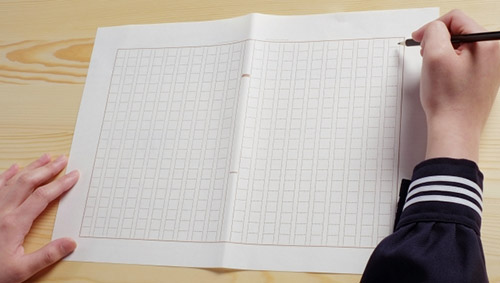
Contents
How to write Sakubun in Japanese
Sakubun meaning
Sakubun (作文) is writing a paragraph, an essay, etc. in Japanese. When writing Sakubun, Japanese people will use a special type of paper called 原稿用紙 (Genkou youshi). This type of paper is divided into small squares for the sake of writing Sakubun easily. Genkou youshi is usually sold at 100 yen stores or at stationery stores in the schools.
How to use Genkou youshi (Japanese writing paper)
The most common 原稿用紙 (Genkou youshi) is the paper consisting of 20 lines on one side of that paper, and each line has 20 squares. So the total number of squares is 400.
There are rules when using Genkou youshi that writers need to know. The most basic way to use is to rotate the paper horizontally and write vertically from right to left. However, there are some Japanese language schools that allow students to to rotate the paper vertically and write horizontally from left to right. This post will guide you the first way (rotating the paper horizontally and writing vertically from right to left).
How to write the title of Sakubun, your full name, school and class
Before writing the content of Sakubun, you need to write your full name, your class and the title of Sakubun first.
Title: Write in the first line. Leave the first two or three squares blank (from top to bottom).
Full name: Write in the last squares in the second line, but you must leave the last square blank. There is one square between first name and last name.
School and class: It may or may not be written depending on the requirement. If you have to write, write in the second line (above the full name and there is one square between school – class and full name).
The content of Sakubun
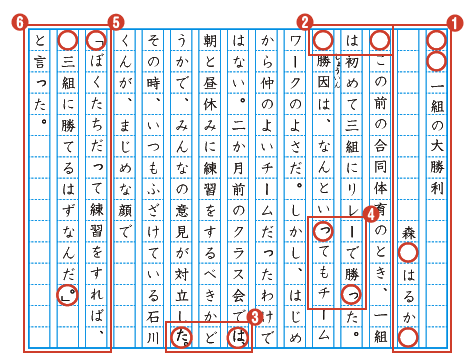
– Leave the first square blank and start writing from the second square. When moving to the next paragraph, you also need to leave the first square blank and start writing from the second square.
– Commas, dots, question marks, exclamation points, and quotation marks are like a letter, so each of them is written in a single square. However, when these marks may appear at the beginning of a new line, you need to write them in the same square with the letter immediately preceding them in the old line (or write them in the margin at the bottom of the old line), in order to avoid these marks start a new line.
– For conversation sentences, dots and quotation marks are written in the same square. If the sentence is needed to be written in 2 or more lines, leave the first square blank and then write from the second square.
– Small letters such as っ、ゃ、ゅ、ょ are also written in a single square.
– The digits must be written in Kanji: 一, 二, 三, 万 v…v….
– If you need to write the numbers (0,1,2, etc.), write two numbers horizontally in the same square.
– With Alphabet letters, two lowercase letters can be written horizontally in the same square, and each capital letter can be written vertically in a single square.
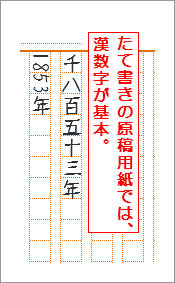
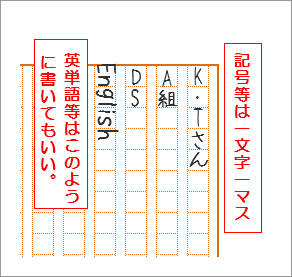
Japanese essay format
You can write Sakubun according to the 4-part structure 起承転結, including: 起 – introduction, 承 – development, 転 – turn, 結 – conclusion.
Or you can write Sakubun according to the 3-part structure – 三段構成 (Sandan kousei), including: 序 – opening, 破 – body, 急 – conclusion.
To understand more about the way of writing as well as the structure of Sakubun, you can refer to some samples of Sakubun on different topics at category : Japanese essay.
Above is: How to write Sakubun. Hope this post can help you improve your writing skills. Wish you all good study!


